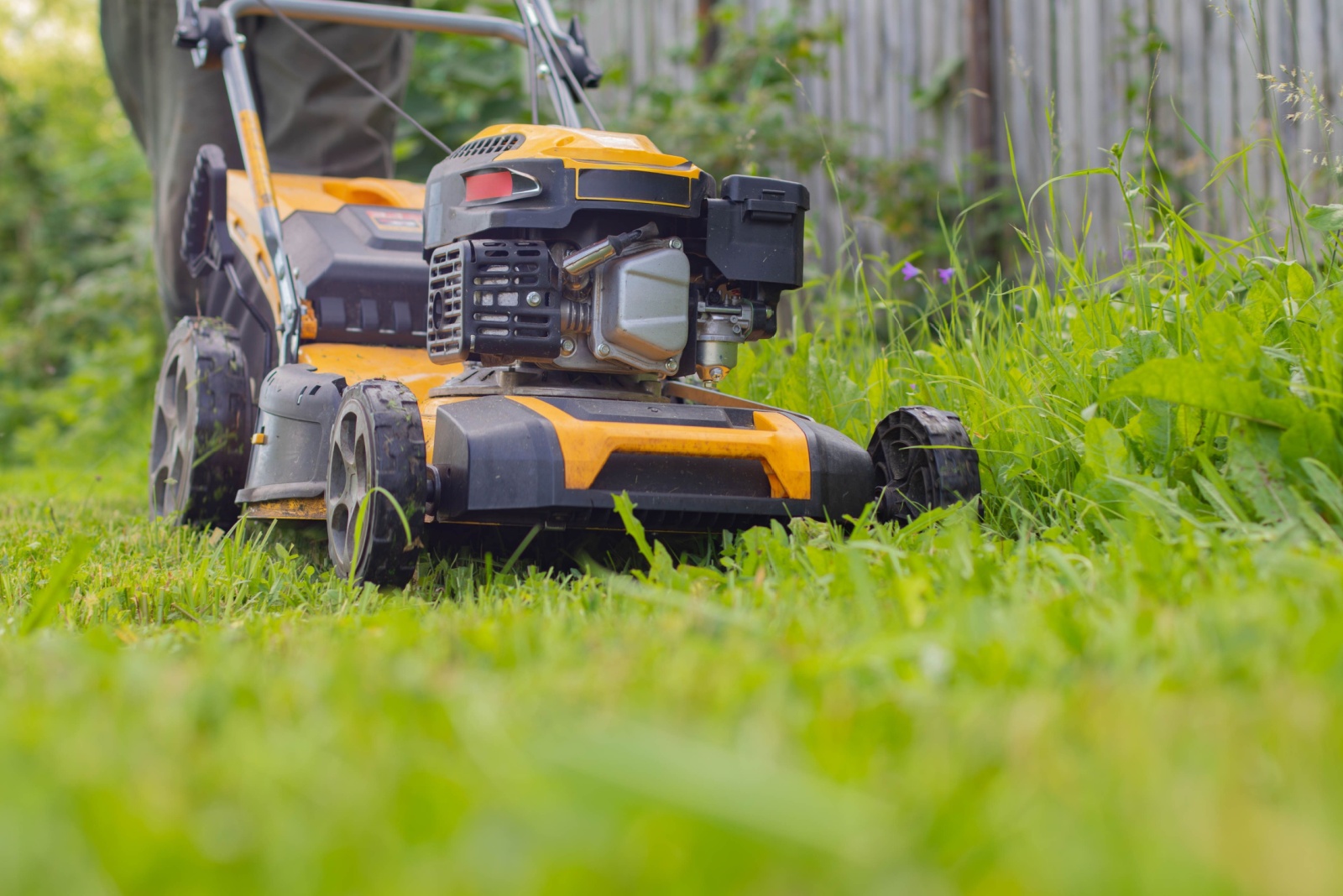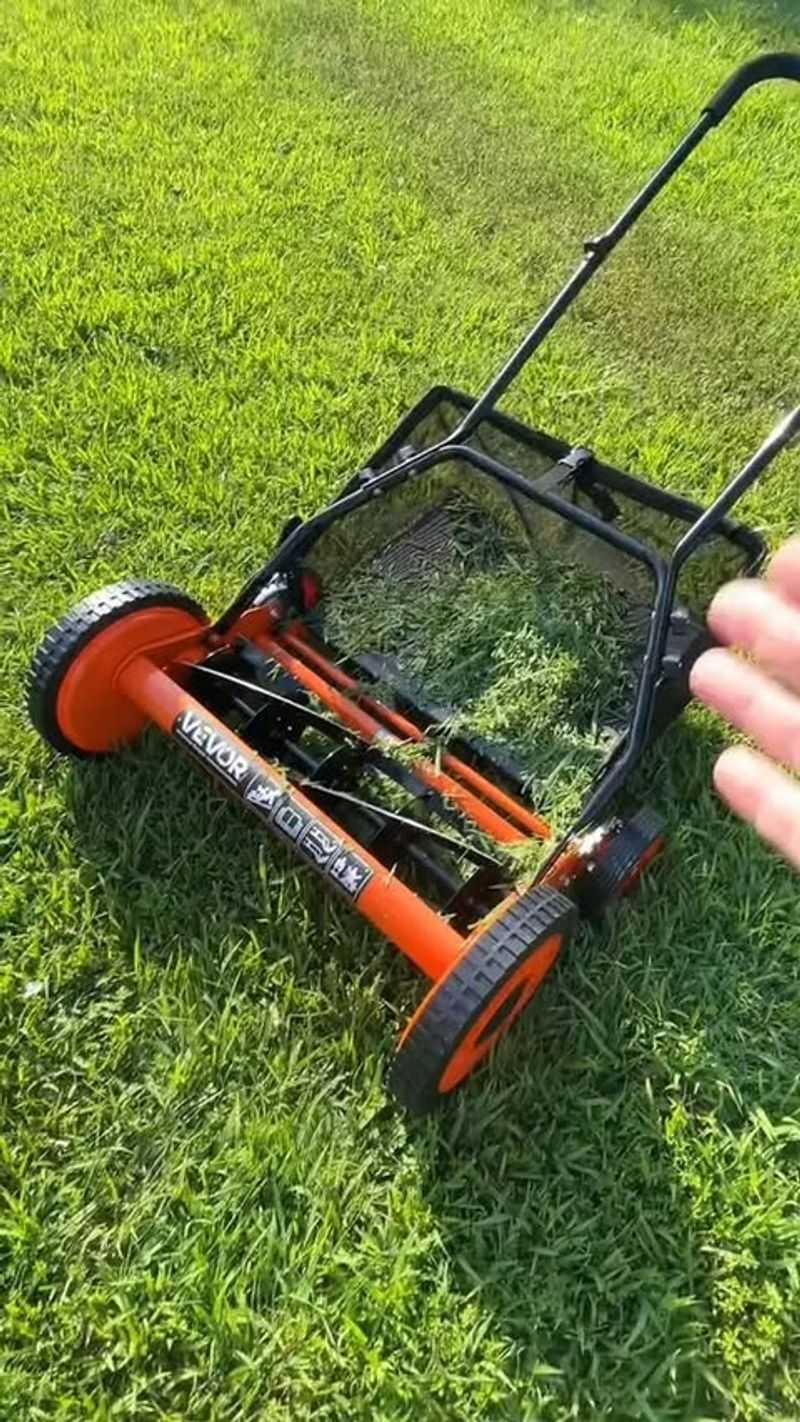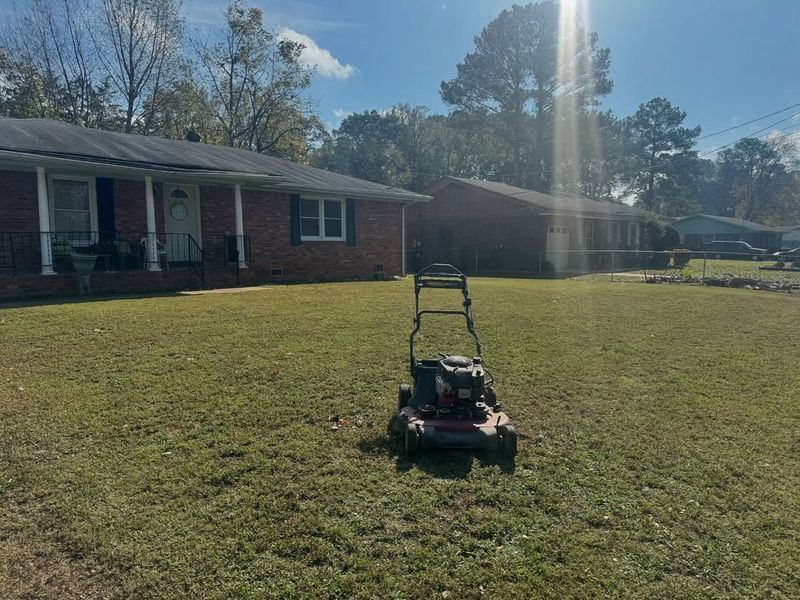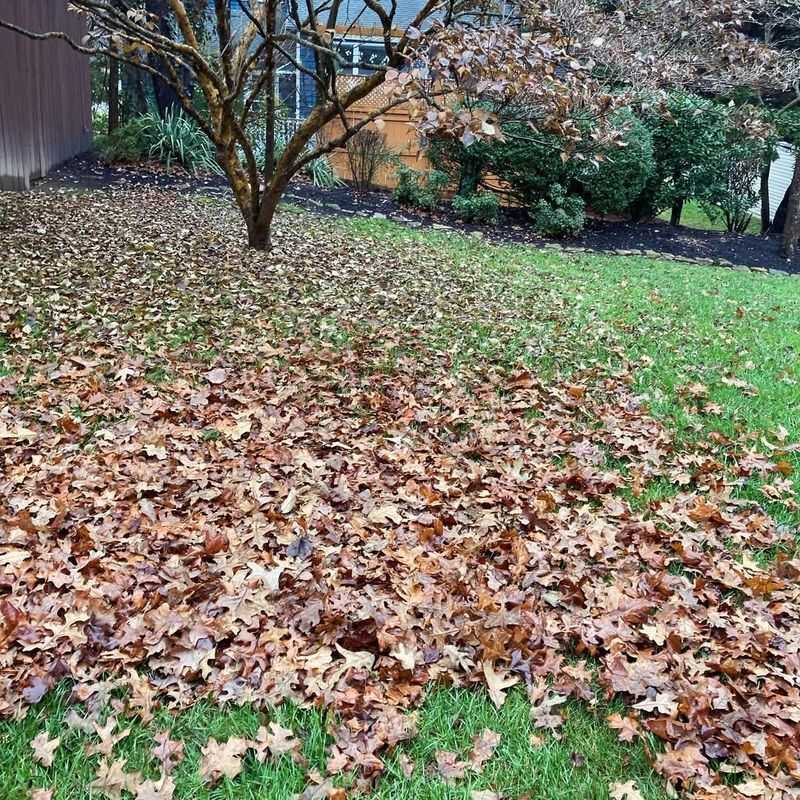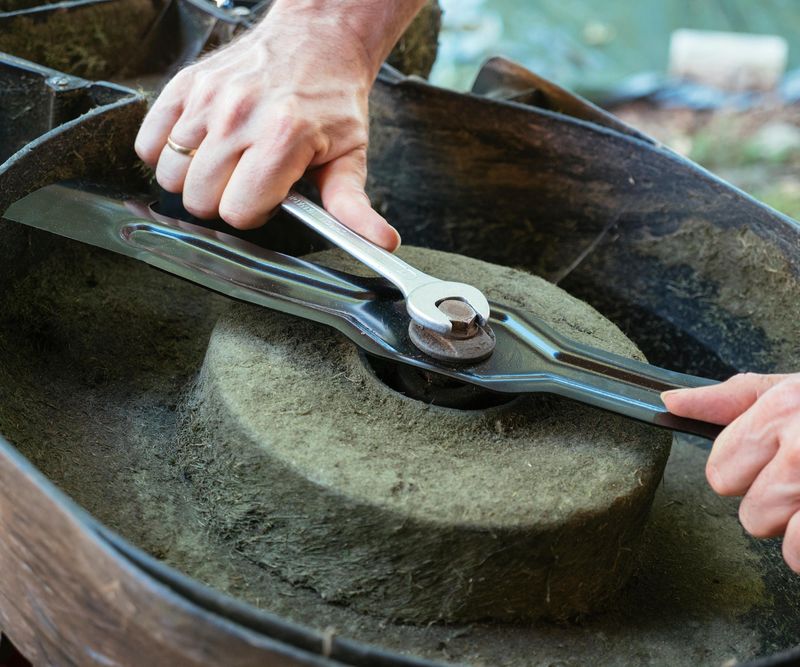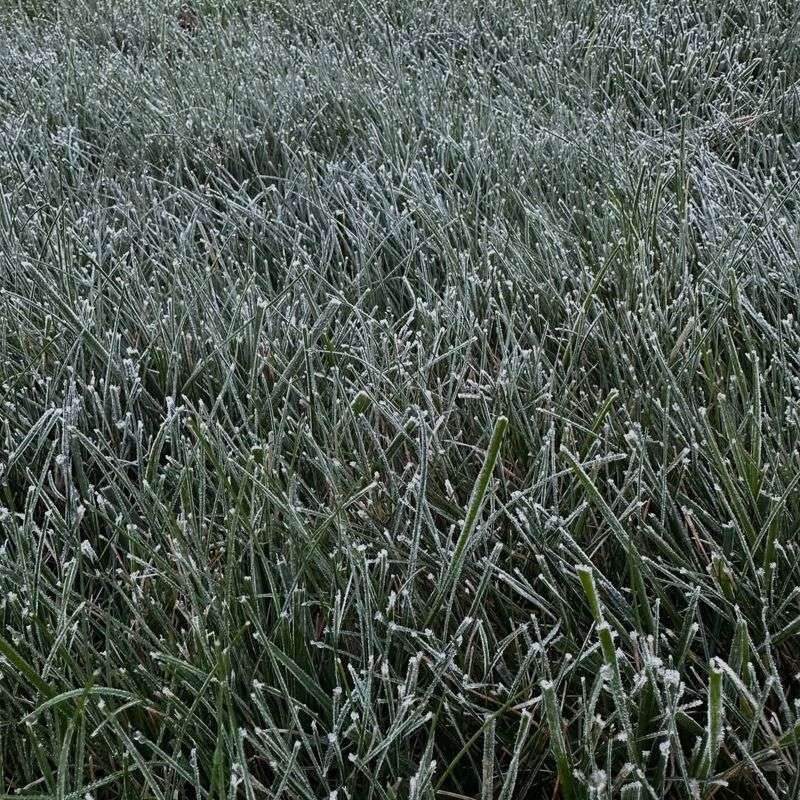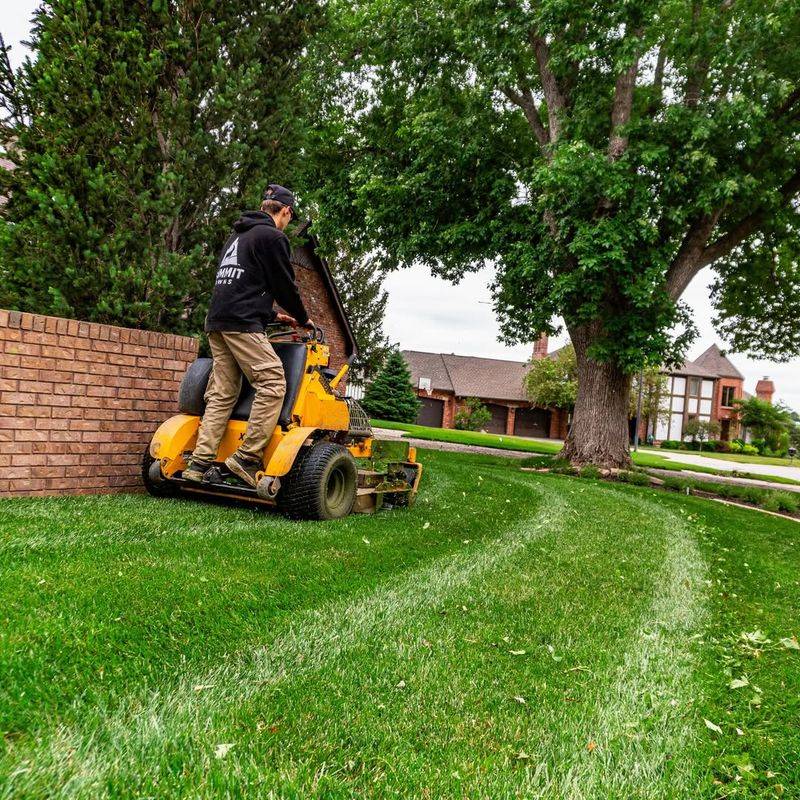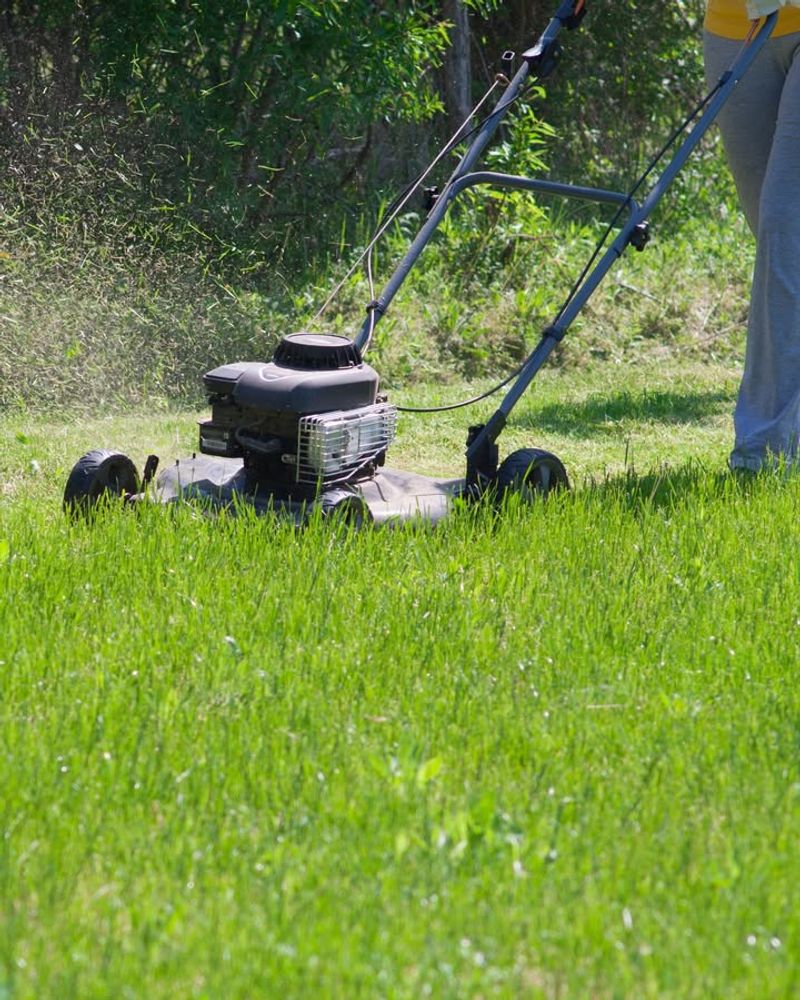November brings cooler weather and shorter days to West Virginia, which means your lawn care routine needs some adjustments. Taking care of your grass during this transition month can make a huge difference in how healthy and green your yard looks come spring.
Following the right mowing rules now will help protect your lawn through winter and give you a beautiful yard next year.
1. Lower Your Mower Blade Gradually
As autumn progresses, gradually dropping your cutting height helps prepare grass for the cold months ahead. Start by reducing the blade height by about half an inch from your regular summer setting.
West Virginia winters can be harsh, and shorter grass prevents snow mold and matting under heavy snowfall. Aim for a final cutting height around two to two-and-a-half inches by your last mow.
Making sudden drastic changes stresses the lawn, so take it slow over several mowing sessions throughout November.
2. Keep Mowing Until Growth Stops
Many homeowners make the mistake of putting away their mowers too early in the season. Your grass continues growing as long as temperatures stay above forty degrees, which happens frequently during West Virginia Novembers.
Watch your lawn instead of the calendar. When you notice the grass blades are no longer getting taller between mowings, that signals the growing season has ended.
Keeping up with mowing prevents the grass from becoming too long and matting down under winter precipitation.
3. Remove Leaves Before Each Mow
Fallen leaves create a thick blanket that blocks sunlight and traps moisture against your grass. Before firing up your mower, rake or blow away heavy leaf coverage from your lawn area.
A light layer of leaves can actually be mulched by your mower, which returns nutrients to the soil. However, thick piles will smother grass and create bare patches come spring.
Clearing leaves also prevents your mower from clogging and ensures an even, clean cut across your entire yard.
4. Sharpen Your Mower Blades
Dull blades tear grass instead of cutting it cleanly, leaving ragged brown edges that make your lawn vulnerable to disease and frost damage. November is actually one of the most important times to have sharp blades.
A clean cut helps grass heal quickly before winter dormancy sets in. Check your blades for nicks and dullness, and sharpen or replace them if needed.
Professional sharpening costs around fifteen to twenty dollars, or you can do it yourself with a file and some patience.
5. Avoid Mowing Wet Or Frosty Grass
November mornings in West Virginia often bring frost or heavy dew that makes grass slippery and wet. Mowing under these conditions damages both your lawn and your equipment.
Wet grass clumps together and clogs your mower deck, creating uneven cuts and potentially damaging the engine. Cutting frozen grass breaks the blades, leaving them brown and susceptible to disease.
Wait until mid-morning or afternoon when the sun has dried and warmed your lawn before starting your mowing routine.
6. Alternate Your Mowing Pattern
Grass grows in the direction you mow it, and always cutting the same way creates ruts and compacted soil. Changing your mowing direction each time encourages upright growth and healthier root systems.
If you mowed north-to-south last time, try east-to-west during your next session. Diagonal patterns work great too and add visual interest to your lawn.
Varying your pattern also prevents wear patterns from forming along the same paths, keeping your yard looking uniform and professionally maintained throughout the season.
7. Clean Your Mower After Each Use
November grass often contains extra moisture and organic debris that sticks to your mower deck and blades. Letting this material sit promotes rust and harbors fungal spores that can spread to your lawn.
After each mowing session, scrape off clippings and hose down the underside of your deck. Wipe down the exterior and check for any damage or loose parts.
Proper maintenance extends your mower’s life and ensures it starts reliably for that final cut before winter storage arrives in December.
8. Leave Clippings On The Lawn
Bagging your grass clippings removes valuable nutrients that your lawn needs to stay strong through winter. November clippings decompose quickly and return nitrogen, phosphorus, and potassium back to the soil.
Contrary to popular belief, grass clippings do not cause thatch buildup when you mow regularly. They actually feed beneficial microorganisms that keep your soil healthy.
Leaving clippings saves you time, reduces waste going to landfills, and gives your lawn a natural fertilizer boost before its long winter rest begins.

